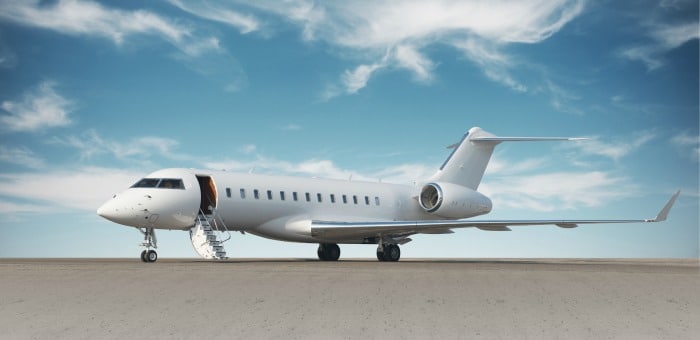Even small reductions in aircraft weight can result in significant savings on aviation fuel. Global oil prices have plummeted, but that’s not keeping the aerospace industry from exploring new ways to reduce engine weight. “Investment in new-technology aircraft will not stop,” said Frank Pray, Chief Executive of aircraft lessor Intrepid Aviation, in a January 2015 article in the Wall Street Journal.
A more recent article in the MIT Technology Review confirms Pray’s point, and underscores the lasting importance of additive manufacturing. Although some skeptics still dismiss 3D printing as a fad, engine manufacturers understand that it’s a form of advanced manufacturing. The title of Kevin Bullis’ February 6, 2015 article – Advanced Manufacturing Is Reshaping Aviation – explores the industry’s new paradigm.
Today, General Electric is using laser-powered 3D printers to create fuel nozzles for jet engines. Aerospace manufacturer Pratt & Whitney is also making engine components using additive manufacturing techniques. Now, Pratt & Whitney plans to design and build jet engines that are lighter, cheaper, and contain fewer parts. These 3D printed powerplants would require less assembly, too.
Additive manufacturing could also revolutionize maintenance, repair, and operations (MRO) at airports and aviation facilities. As 3D printing moves manufacturing out of the factory and into the field, supply chains could change, too. Instead of keeping parts in inventory and transferring them between stations, MROs may become short-run manufacturers. Is the 3D printing revolution just getting off the ground?
Want more news, updates, and insights about NYS manufacturing? Join the FuzeHub mailing list and begin receiving our free email newsletters.
Photo Credit: © Pitcher/Dollar Photo Club

